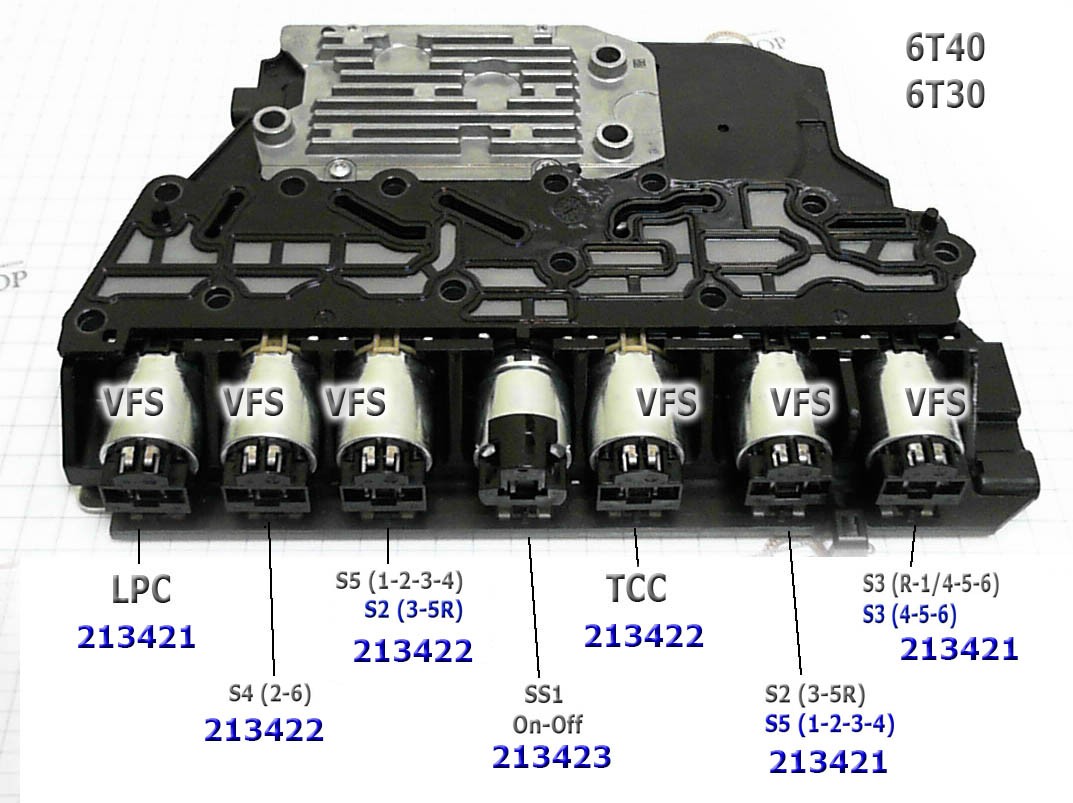The 6T40 transmission, a common automatic gearbox found in various vehicles, is known for its compact design and generally reliable performance. Understanding its intricate workings, particularly through a 6t40 Transmission Diagram, is crucial for effective diagnosis and repair. This article delves into the complexities of the 6T40 transmission, highlighting common problems, maintenance requirements, and key components often depicted in a transmission diagram.
Common 6T40 Transmission Issues and Troubleshooting with a Diagram
While generally reliable, the 6T40 transmission is susceptible to certain issues. A 6T40 transmission diagram can be invaluable in understanding the location and interaction of components prone to failure. Some typical problems include:
- 4-5-6 Drum (Clutch) Issues: The outer snap ring on the 4-5-6 drum can unlock, leading to shifting problems. A transmission diagram can help visualize the drum’s location and its connection to other components.
- Spring Breakage: Spring breakage at high gears and torque can cause significant vibration and damage to the reactor sungear bushing. Referring to a 6T40 transmission diagram can aid in identifying these parts.
- 3-5-R Drum Malfunction: This can manifest as harsh or erratic shifting. A diagram helps pinpoint the 3-5-R drum’s position within the transmission assembly.
- Transmission Control Module (TCM) and Solenoid Problems: Failures in the TCM or solenoid connection plate can lead to various operational issues. A 6T40 transmission diagram often includes the location of these electronic components.
6T40 Fluid Changes and Maintenance
Regular maintenance is crucial for the longevity of the 6T40 transmission. Fluid and filter changes are recommended every 40,000 kilometers. While experienced individuals can perform this task, consulting a 6T40 transmission diagram and seeking professional assistance for complex repairs is advisable. The transmission typically requires approximately 7.8 liters of Dexron 6 fluid.
Decoding the 6T40 Transmission Diagram
A comprehensive 6T40 transmission diagram visually represents the intricate arrangement of components within the gearbox. It showcases the interconnectedness of various parts, including:
- Gearsets: The diagram illustrates the arrangement of gears responsible for different gear ratios.
- Clutches and Bands: These components control the engagement and disengagement of gears. A diagram clarifies their location and operation.
- Valve Body: The valve body directs fluid flow to control shifting. A diagram often details the complex channels and valves within the valve body.
- Planetary Gearsets: These gearsets allow for compact gear arrangements and multiple gear ratios. A 6T40 transmission diagram can help visualize their intricate design.
- Torque Converter: The diagram shows the torque converter’s position and its role in transmitting power from the engine to the transmission.
Utilizing the 6T40 Transmission Diagram for Repair
A 6T40 transmission diagram serves as an indispensable tool for technicians and individuals undertaking repairs. It provides a visual roadmap for:
- Disassembly and Reassembly: The diagram guides the proper sequence for dismantling and reassembling the transmission.
- Component Identification: It helps identify and locate specific parts during the repair process.
- Troubleshooting: By understanding the interrelationships of components, the diagram aids in diagnosing the root cause of problems.
Conclusion
The 6T40 transmission, while a robust unit, requires regular maintenance and occasional repair. A detailed 6T40 transmission diagram is an essential resource for understanding its internal workings, diagnosing problems, and facilitating effective repairs. Utilizing this diagram empowers both professionals and informed car owners to maintain the optimal performance and longevity of their 6T40 transmission.

